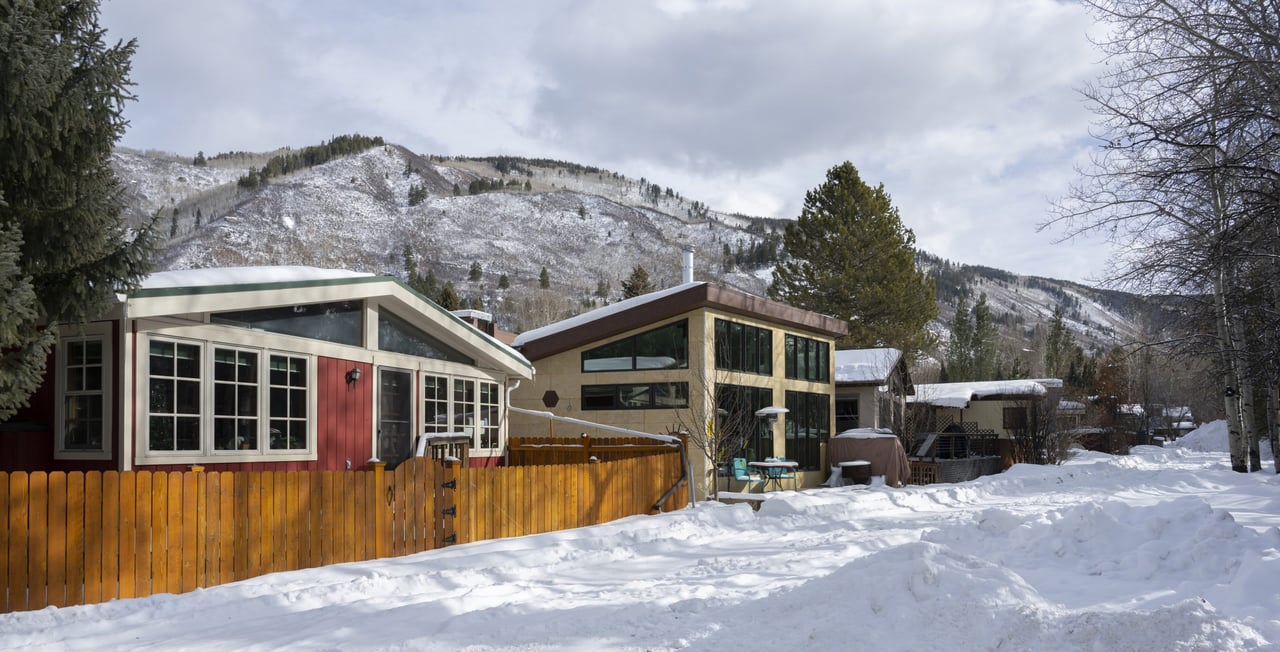More Than Two-Thirds Of Aspen’s Occupied Homes Are Deed-Restricted


Seventy percent of the full-time occupied units in Aspen are deed-restricted – the second-highest rate among 38 rural and resort communities in Colorado and five out-of-state ski towns inventoried in a recent survey.
The 2023 Workforce Housing Report from the Northwest Colorado Council of Governments (NWCCOG) and the Colorado Association of Ski Towns (CAST) was released Nov. 3 and shows a wide range of policies and outcomes among the 43 jurisdictions inventoried, which include 36 cities or towns and seven counties. Thirty-eight of those jurisdictions are in Colorado, and five are the out-of-state ski towns (Jackson, Wyoming; Mammoth Lakes, California; Park City, Utah; Ketchum, Idaho; and Whistler, British Columbia).
The 2023 report is an update to a 2019 report and revealed some progress made by many of these communities to address the affordable housing crisis.
“I think it just shows – even if you compare the two reports – how much these mountain towns are continuing to push the needle,” said Aspen City Manager Sara Ott. “I can use this report to say what’s happening in Durango or what’s happening in Vail or what’s happening to Ketchum and figure out if there’s things I can take from those examples that could help us move faster in addressing these issues here in Aspen.”
According to the report, which incorporates data from the 2021 American Community Survey (ACS) from the U.S. Census Bureau, the city of Aspen counts 5,872 total housing units, with 56% of them being full-time occupied, or a total of 3,278 full-time households in the city that either own or rent. This includes 1,966 full-time owned units and 1,312 full-time rentals.
Aspen’s occupancy rate is higher than that in other resort towns, including Steamboat Springs (55%), Vail (32%), Telluride (48%), Breckenridge (23%) and Winter Park – whose 12% occupancy rate is the lowest reported.
Among the 3,278 full-time occupied units in Aspen, 70% are deed-restricted as of July, for a total of 2,303. This represents about 39% of the city’s total units. Aspen has the highest number of deed-restricted units out of the 43 communities surveyed and the second-highest proportion of deed-restricted units after the 1,266 deed-restricted units in Breckenridge accounting for 73% of that community’s full-time households.
“I think that’s something this community should be proud of — that (Aspen) has one of the longest-standing, rural-resort housing authorities, and that it’s done a good job of consistently adding to the deed-restricted units in the community,” Ott said.
Deed-restricted workforce housing in Aspen and Pitkin County dates to the mid-1970s, before the Aspen-Pitkin County Housing Authority (APCHA) was created in 1982 through an intergovernmental agreement between the city and the county. The authority currently handles the qualification and sales process for most deed-restricted units, while establishing guidelines for managing this housing stock.
APCHA counts approximately 3,200 deed-restricted units in Aspen and Pitkin County, including 2,303 in Aspen, according to the report. This makes “the program the largest system of affordable housing per capita in the nation.”
In comparison, 12% of Snowmass Village’s occupied units, 45% of Vail’s and 40% of Telluride’s are deed-restricted. However, Mountain Village, located next to Telluride, counts 68% of its occupied housing stock as deed-restricted.
Ott said part of what explains Aspen’s large number of deed-restricted units and higher occupancy rate, compared with other resort towns, is that Aspen’s deed-restricted housing program is older than many of its peers. She also mentioned that the real estate transfer tax (RETT) — a 1.5% tax on property sales with 1% aimed at affordable housing and 0.5% at the maintenance of the Wheeler Opera House — has been a useful mitigation tool. RETT funds have helped pay for the construction of many units, including the three phases of Burlingame and other projects. In 2021, the RETT generated about $21 million for Aspen’s housing coffers.
Eleven other communities — including Vail, Breckenridge, and Crested Butte — also have RETT revenue streams used for various purposes. Colorado voters in 1992 approved TABOR, an amendment to the state constitution that prohibits future impositions of, or increases in, RETTs by state or local governments. The 12 communities that had a pre-existing RETT were exempted and may extend the sunset date of their respective RETT in perpetuity.
Aspen and Pitkin County also employ zoning codes that require new development — both commercial and residential — to provide for affordable housing based on formulas that take growth and employee generation into account.
In addition to the resort towns of Aspen, Snowmass Village, Vail, and Breckenridge, the report also includes nearby downvalley communities such as Basalt, Carbondale, and Glenwood Springs, all in the Roaring Fork Valley; Avon, Gypsum, and Eagle, all in the Eagle River Valley; and Dillon, Silverthorne, and Frisco, all in Summit County.
In the Roaring Fork Valley, Carbondale counts approximately 380 “income-qualified” units, or about 14% of the town’s occupied units, Basalt counts 269 deed-restricted units that make up 28% of the occupied housing stock, while only 2%, or 72, of Glenwood Springs’ occupied units are deed-restricted. That gives Glenwood Springs the lowest percentage and second-lowest number of deed-restricted units in the study.
To learn more, click here.
By: Laurine Lasalle I The Aspen Times I December 26, 2023